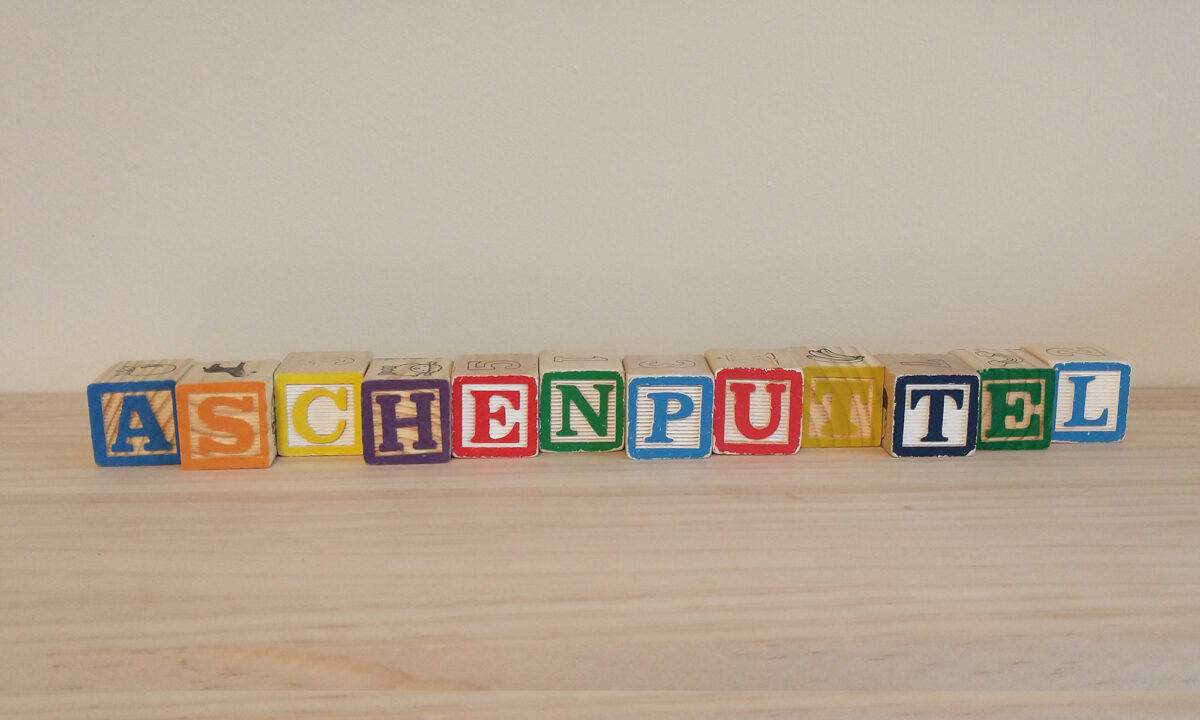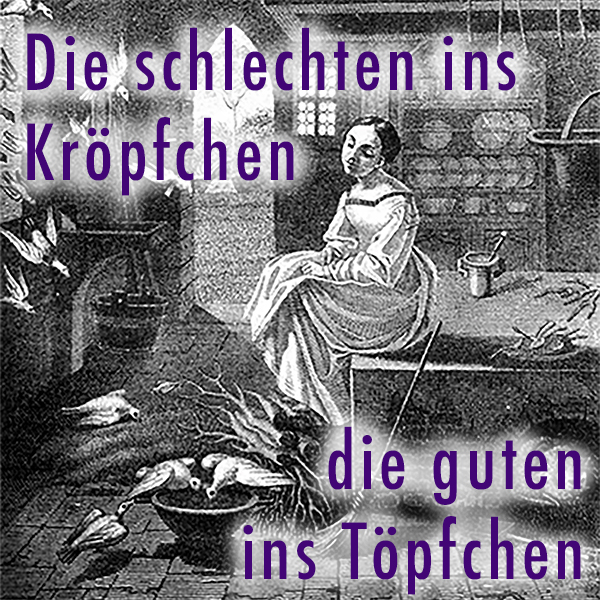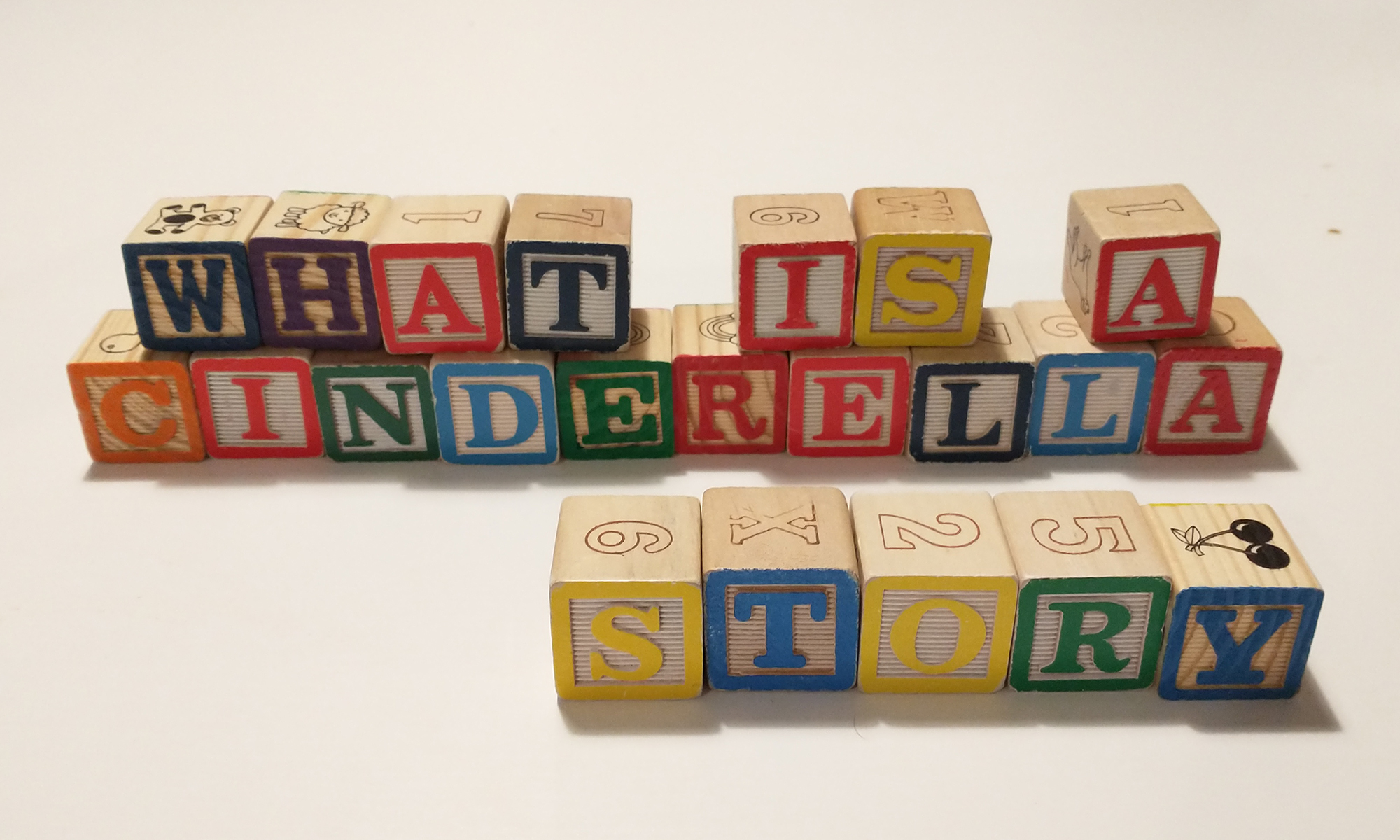Cinderella stories are the oldest in the world, and are found in every culture. In the first episode in a series, learn about the basic structure of Cinderella stores, why they are mostly about young women, and how to write your own Cinderella story.
Activity: Write Your Own Cinderella Story
In this activity, students will write their own Cinderella story. Students should first read or listen to “Cendrillon” as told by Charles Perrault, as this is the most commonly known version of the Cinderella story today. Links to text and audio of the stories is below:
“Cendrillon” by Charles Perrault (Abridged)
“Cendrillon, or the Little Glass Slipper” by Charles Perrault (Full Version)
If there is time, have students also study the version by the Brothers Grimm:
“Aschenputtel” as collected by the Brothers Grimm (Abridged)
“Aschenputtel” as collected by the Brothers Grimm (Full Version)
After reading or hearing the story, ask students to outline the major plot points of a Cinderella story. This can be done as a class, in small groups, or individually, and should roughly include the following:
-
- Cinderella is socially, economically, and physically trapped
- The cruel Stepmother is the main antagonist who uses her power to abuse Cinderella, and she encourages the Stepsisters to also be cruel to her
- A special event offers Cinderella one chance to be noticed and appreciated, but it seems unlikely that she will be able to make it
- A Fairy Godmother gives Cinderella the help she needs to get to the event, although the transformation is only temporary
- Now that Cinderella is able to be part of society, her good qualities impress everyone, including the most important person there
- Cinderella must flee the event to avoid being discovered, but leaves behind a clue as to her identity
- The important person seeks out Cinderella using the clue and finds her
- Cinderella is rescued and will now live a safe and happy life away from her abusers
- The stepmother and stepsisters are punished or forgiven
Stories do not need to exactly follow this pattern, and there can be many interpretations of what counts as an “Evil Stepmother,” “Ugly Stepsister,” or “Fairy Godmother.” Stories can be magical or realistic in nature, and the “Prince” character does not automatically have to be a romantic partner for Cinderella.
Provide each student a copy of the following worksheet, which will help in planning a new Cinderella-type story:
PDF: Cinderella Story Worksheet
Students can work alone, in small groups, or as a large group to outline with a new twist on Cinderella. Encourage students to consider an unusual historical or fictional setting, such as science fiction or a location in the world far away in time and place from medieval Europe. Some students may wish to set their story within the world of a novel or a video game that they like, using characters that they are already familiar with.
After planning stories using the worksheet, students can then write their Cinderella story. Stories can be shared with fellow students and then collected into a volume, to be placed in a family or school library.







